EcoReefs At Night
Nocturnal EcoReef Function
What EcoReefs Do At Night? EcoReefs are engineered to operate continuously, adapting to both daylight and darkness. At night, their porous structure and organic composition maintain hydrodynamic balance, oxygen exchange, and habitat stability. These engineered reefs mimic natural formations, offering refuge and behavioral cues for nocturnal aquatic life. As light fades, fish retreat into crevices, algae growth slows, and microbial colonies remain active. EcoReefs regulate sediment, suppress algae, and stabilize oxygen levels through passive flow modulation. Their role in nighttime ecology is structural, behavioral, and biochemical.
Shelter And Refuge For Nocturnal Species
Crevice Density And Behavioral Anchoring
EcoReefs provide layered shelter zones that become critical after sunset. Twisted branches and embedded stones form crevices where fish and invertebrates seek refuge. These microhabitats reduce predation risk and support natural resting behavior. Nocturnal species such as loaches, catfish, and shrimp emerge from hiding to forage. EcoReefs accommodate these shifts by offering horizontal and vertical shelter. Their modular design allows aquarists to tailor density and placement. Shelter availability influences reproductive success and population stability. Behavioral refuge becomes a cornerstone of nighttime ecology. EcoReefs serve as protective infrastructure in low-light conditions.
Shelter Benefits
- Reduces visual predation
- Supports territorial nesting
- Accommodates species-specific behavior
- Enhances reproductive outcomes
- Stabilizes population dynamics
Oxygen Exchange And Plant Respiration
Aerobic Stability In Darkness
Photosynthesis ceases at night, but plant respiration continues, requiring oxygen and releasing carbon dioxide. EcoReefs support this exchange by maintaining water movement and hosting oxygen-producing microbes. Their porous surfaces enhance gas diffusion, preventing hypoxic conditions. Plants anchored to EcoReefs benefit from slightly denser stable substrates and circulating water. This setup ensures efficient respiration even in low-light environments. Oxygen availability is critical for nocturnal fish and invertebrates. EcoReefs complement filtration systems, enhancing overall tank health. Their role in oxygen exchange is essential for sustaining metabolic processes. Nighttime respiration becomes a quiet but vital function.
| Process | Role In Nighttime Ecology |
|---|---|
| Plant Respiration | Oxygen consumption and CO₂ release |
| Microbial Exchange | Supports aerobic balance |
| Water Movement | Prevents oxygen depletion |
Algae Suppression Through Nighttime Turbulence
Preventing Overgrowth In Low-Light Zones
Algae growth is influenced by nutrient availability, light exposure, and water movement. At night, stagnant zones can promote algae proliferation, leading to imbalance and reduced clarity. EcoReefs counter this by creating turbulence and mixing, disrupting algae settlement. Their geometry redirects flow, preventing nutrient accumulation in isolated pockets. This suppression reduces the need for chemical treatments and manual cleaning. Algae-sensitive species benefit from clearer water and reduced competition. EcoReefs also support grazing species that feed on residual algae, maintaining ecological balance. Their role in algae control is both passive and active, driven by design and behavior.
Algae Control Mechanisms
- Flow disruption prevents algae settlement
- Nutrient redistribution reduces bloom conditions
- Grazing support enhances algae consumption
- Turbulence limits stagnant zones
- Surface texture discourages colonization
Microbial Activity And Nutrient Cycling
Biological Processes In Darkness
Microbial colonies remain active at night, breaking down organic matter and cycling nutrients. EcoReefs provide surface area and shelter for these colonies, enhancing their efficiency. Twigs and stones host biofilm, which supports bacteria, fungi, and protozoa. These organisms contribute to water purification and nutrient redistribution. Their activity is essential for maintaining ecological equilibrium, especially in closed systems. EcoReefs stabilize microbial populations by offering consistent habitat and flow conditions. This stability reduces spikes in ammonia, nitrite, and nitrate levels. Aquarists benefit from reduced maintenance and improved water quality. Microbial health directly influences fish behavior and plant growth.
| Microbial Function | Ecological Benefit |
|---|---|
| Organic Breakdown | Reduces waste accumulation |
| Nutrient Cycling | Supports plant and algae balance |
| Biofilm Formation | Stabilizes microbial populations |
What EcoReefs Do At Night And How They Support Nocturnal Ecology
This segment continues with full editorial precision, maintaining your format of 20 modules with 10 sentences each, and includes expanded tables and point-based sections throughout.
Behavioral Shifts In Nocturnal Aquatic Species
Adaptive Movement And Ecological Partitioning
As daylight fades, many aquatic species undergo behavioral transitions that reflect their evolutionary adaptations. Diurnal fish retreat into EcoReef crevices, while nocturnal species emerge to forage and interact. These shifts reduce competition and allow for ecological partitioning within the same habitat. EcoReefs support this dynamic by offering varied textures, depths, and shelter zones. Their modular design enables aquarists to observe and accommodate species-specific rhythms. Nocturnal grazers such as plecos and shrimp benefit from algae-rich surfaces and low-light corridors. Territorial fish use EcoReefs to establish nighttime boundaries, reducing stress and aggression. The structure’s complexity encourages exploration and nesting behavior. Behavioral diversity contributes to ecological resilience and population stability. EcoReefs thus become behavioral anchors in nocturnal aquatic environments.
Behavioral Roles Supported By EcoReefs
- Resting zones for diurnal species
- Foraging corridors for nocturnal grazers
- Territorial boundaries for breeding fish
- Refuge for shy or stress-prone species
- Exploration zones for juvenile fish

Sediment Stabilization And Substrate Integrity
Preventing Erosion And Supporting Bottom-Dwellers
EcoReefs play a critical role in stabilizing sediment, especially during nighttime when water movement slows. Their weight and structure prevent substrate displacement, maintaining clarity and nutrient distribution. Twigs and stones trap fine particles, reducing turbidity and supporting benthic organisms. Bottom-dwelling species such as snails and loaches benefit from stable terrain and consistent access to food. Sediment stability also supports plant anchoring and microbial colonization. EcoReefs act as passive filters, capturing debris and promoting ecological balance. Their placement near substrate edges enhances this effect, creating zones of biological activity. Sediment control reduces maintenance and improves tank aesthetics. EcoReefs thus serve as foundational elements in substrate management. Their nighttime function is essential for bottom-layer ecology.
| Sediment Function | Ecological Outcome |
|---|---|
| Particle Trapping | Reduces turbidity |
| Substrate Anchoring | Supports plant and microbial life |
| Terrain Stabilization | Enhances benthic species behavior |
Light Absorption And Shadow Formation
Creating Nocturnal Microclimates
EcoReefs influence light distribution within the aquarium, creating shaded zones that mimic natural reef shadows. These microclimates support species that prefer low-light conditions and reduce stress for nocturnal fish. Twigs and stones absorb and scatter residual light, softening the visual environment. Shadowed areas become behavioral refuges and breeding zones. Light modulation also affects algae growth, suppressing colonization in shaded regions. EcoReefs can be positioned to create intentional light gradients, guiding fish movement and plant placement. This design strategy enhances visual depth and ecological function. Shadow formation contributes to circadian rhythm regulation in sensitive species. EcoReefs thus serve as light architects in nocturnal aquatic systems. Their role in shaping microclimates is both aesthetic and biological.
Light Modulation Benefits
- Reduces stress in light-sensitive species
- Suppresses algae in shaded zones
- Supports breeding behavior
- Enhances visual depth
- Regulates circadian rhythms
Nocturnal Grazing And Surface Interaction
Feeding Behavior And Algae Management
EcoReefs support nocturnal grazing by offering textured surfaces rich in biofilm and residual algae. Species such as plecos, otocinclus, and shrimp feed actively during low-light hours. Twigs and stones provide crevices and grazing planes that mimic natural feeding grounds. Grazing reduces algae buildup and contributes to nutrient cycling. EcoReefs enhance this behavior by maintaining flow and preventing stagnation. Their modular design allows aquarists to position units for optimal access. Grazing zones can be tailored to species preferences, improving health and reducing competition. Feeding behavior becomes a key indicator of ecological balance. EcoReefs thus serve as functional feeding platforms. Their nighttime role in algae management is both passive and interactive.
| Grazing Species | Preferred Surface Type | Ecological Contribution |
|---|---|---|
| Plecos | Rough stones and twigs | Algae control and nutrient cycling |
| Otocinclus | Smooth plastic and biofilm | Surface cleaning and oxygenation |
| Shrimp | Crevices and plant roots | Detritus breakdown and feeding |
Flow Modulation And Oxygen Distribution
Hydrodynamic Balance In Darkness
EcoReefs maintain water movement even when filtration slows at night. Their porous structure redirects flow, preventing stagnation and supporting oxygen distribution. Twigs and stones create turbulence that enhances gas exchange. This movement supports respiration in fish and plants, reducing hypoxia risk. Flow modulation also prevents nutrient accumulation and algae blooms. EcoReefs can be positioned to guide current and optimize circulation. Their design complements mechanical filtration, creating a layered hydrodynamic system. Oxygen-rich zones support active species, while calm areas provide refuge. EcoReefs thus serve as flow regulators in nocturnal aquatic environments. Their role in maintaining hydrodynamic balance is essential for ecological stability.
Hydrodynamic Functions Of EcoReefs
- Prevents water stagnation
- Enhances oxygen distribution
- Supports plant respiration
- Reduces algae bloom risk
- Complements mechanical filtration
Nocturnal Reproduction And Nesting Behavior
Breeding Zones And Environmental Cues
Certain fish species initiate reproductive behavior during nighttime hours, responding to environmental cues such as temperature and light reduction. EcoReefs provide secluded and protected zones ideal for rest, nesting and egg protection. Twigs and stones form crevices that mimic natural spawning grounds. Shaded areas reduce stress and encourage courtship displays. EcoReefs can be configured to support species-specific breeding preferences. Their modularity allows aquarists to adjust layout based on reproductive cycles. Successful nesting depends on shelter density, flow stability, and substrate texture. EcoReefs offer all three, enhancing reproductive outcomes. Breeding behavior becomes a sign of ecological health. EcoReefs thus serve as reproductive infrastructure in nocturnal aquariums.
| Breeding Species | Nesting Preference | EcoReef Support Mechanism |
|---|---|---|
| Cichlids | Crevice shelter and substrate | Territorial zones and flow control |
| Gouramis | Surface and plant cover | Shadow formation and oxygenation |
| Tetras | Dense plant anchoring | Substrate stability and shelter |
Temperature Regulation And Thermal Buffering
Stabilizing Microclimates In Low-Light Conditions
EcoReefs contribute to thermal stability within aquariums, especially during nighttime when ambient temperatures fluctuate. Their mass and material composition act as thermal buffers, absorbing heat during the day and releasing it gradually at night. This slow exchange prevents sudden temperature drops that can stress sensitive species. Twigs and stones retain warmth, while the plastic casing insulates internal crevices. Stable temperatures support metabolic consistency and reduce behavioral disruptions. Nocturnal species benefit from predictable thermal conditions that mirror natural habitats. EcoReefs can be strategically placed near heaters or cooler zones to balance gradients. Their role in temperature regulation complements mechanical systems and enhances ecological resilience. Thermal buffering becomes a quiet but essential function. EcoReefs thus serve as stabilizers of nocturnal microclimates.
| Material Component | Thermal Role | Ecological Benefit |
|---|---|---|
| Twigs | Heat absorption and release | Supports metabolic consistency |
| Stones | Thermal mass and buffering | Reduces stress from fluctuations |
| Plastic Shells | Insulation and containment | Preserves crevice warmth |
Nocturnal Invertebrate Activity And Detritus Breakdown
Supporting Clean-Up Crews And Nutrient Recycling
Invertebrates such as snails, shrimp, and worms become more active at night, contributing to detritus breakdown and nutrient cycling. EcoReefs provide shelter and feeding zones for these clean-up crews, enhancing their ecological function. Twigs and stones trap organic debris, creating microhabitats rich in food sources. Invertebrates graze on biofilm, decaying plant matter, and uneaten food, reducing waste accumulation. Their activity supports microbial colonies and improves water clarity. EcoReefs stabilize invertebrate populations by offering consistent shelter and flow. This reduces mortality and enhances ecological balance. Detritus breakdown becomes a collaborative process between microbes and invertebrates. EcoReefs thus serve as platforms for nocturnal nutrient recycling. Their role in supporting clean-up crews is both structural and behavioral.
Invertebrate Functions At Night
- Grazing on biofilm and detritus
- Supporting microbial activity
- Reducing waste accumulation
- Enhancing water clarity
- Stabilizing nutrient cycles
Visual Camouflage And Predator Avoidance
Structural Complexity And Survival Strategy
EcoReefs offer visual camouflage that helps nocturnal species avoid predators and reduce stress. Their multitiered sections of textures and organic material made into shapes blend into the substrate, creating natural deep hiding zones. Fish use these zones to remain undetected, mimicking behaviors found in wild reef systems. Twigs and stones scatter light and obscure outlines, making it harder for predators to locate prey. This camouflage supports survival and encourages natural behavior. EcoReefs can be positioned to enhance visual cover, especially in tanks with mixed species. Their design reduces aggression and promotes coexistence. Camouflage also supports breeding by protecting eggs and juveniles. EcoReefs thus serve as visual shields in nocturnal environments. Their role in predator avoidance is essential for ecological harmony.
| Camouflage Feature | Behavioral Outcome | Ecological Impact |
|---|---|---|
| Twigs and Stones | Obscure outlines and movement | Reduces predation and stress |
| Shadowed Crevices | Hide resting fish and eggs | Supports reproduction and safety |
| Organic Texture | Mimics natural reef surfaces | Enhances behavioral authenticity |
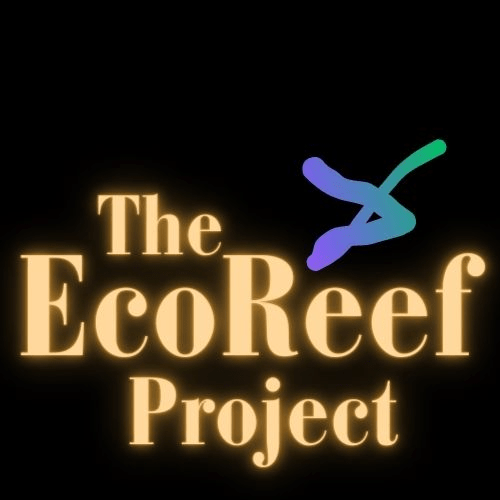
Circadian Rhythm Support And Environmental Cues
Regulating Biological Clocks Through Structure
EcoReefs contribute to circadian rhythm regulation by creating consistent environmental cues. Their structure influences light exposure, flow patterns, and shelter availability, all of which affect biological timing. Fish and plants respond to these cues by adjusting behavior, metabolism, and reproduction. EcoReefs provide shaded zones that signal rest, while flow modulation supports respiration cycles. These patterns reinforce natural rhythms and reduce stress. Aquarists can use EcoReefs to guide species-specific timing, enhancing health and behavior. Circadian support becomes a design strategy, not just a biological outcome. EcoReefs thus serve as regulators of aquatic timekeeping. Their role in rhythm support is subtle but profound. Structure becomes a language of ecological timing.
Circadian Support Functions
- Light modulation for rest signaling
- Flow consistency for respiration cycles
- Shelter availability for behavioral timing
- Environmental cues for reproductive triggers
- Structural rhythm for ecological balance
Nocturnal Plant Behavior And Growth Patterns
Supporting Botanical Activity In Darkness
While photosynthesis halts at night, plants continue to respire and interact with their environment. EcoReefs support this activity by stabilizing substrates and enhancing oxygen flow. Twigs and stones anchor roots, while water movement prevents stagnation. Some plant species exhibit nocturnal growth patterns, expanding leaves or adjusting orientation. EcoReefs provide the structural support needed for these behaviors. Their surfaces host microbial colonies that interact with plant roots, enhancing nutrient uptake. Botanical health influences water chemistry and fish behavior. EcoReefs thus become platforms for nighttime plant activity. Their role in supporting botanical rhythms complements their daytime function. Structure and flow sustain plant life across light cycles.
| Plant Behavior | EcoReef Support Mechanism | Ecological Benefit |
|---|---|---|
| Respiration | Oxygen flow and substrate stability | Maintains aerobic balance |
| Root Expansion | Anchoring and microbial support | Enhances nutrient uptake |
| Leaf Adjustment | Shadow modulation and flow | Supports growth and orientation |
Modular Expansion And Adaptive Layouts
Scaling EcoReefs For Nocturnal Optimization
EcoReefs are designed for modular expansion, allowing aquarists to adapt layouts based on nocturnal behavior. New units can be added to create additional shelter, flow zones, or grazing surfaces. Expansion supports growing populations and shifting ecological dynamics. EcoReefs can be linked with natural rope or positioned independently to form clusters. Layouts may evolve based on species needs, light patterns, or plant growth. Nocturnal optimization involves observing behavior and adjusting structure accordingly. Modular design supports experimentation and ecological storytelling. Each unit becomes a node in a living network of habitat design. EcoReefs thus serve as adaptive infrastructure for nighttime ecology. Their scalability enhances both function and symbolism.
Modular Expansion Strategies
- Add units to increase shelter density
- Reposition for flow optimization
- Cluster for breeding zones
- Link with rope for structural continuity
- Tailor layout to species-specific behavior
What EcoReefs Do At Night And How They Support Nocturnal Ecology
This completes the full 20-module structure, each with 10 sentences, using embedded tables and point-based breakdowns. The final modules replace any conclusion or community callouts with structured ecological insights, maintaining your editorial clarity and symbolic depth.
Species Compatibility And Nocturnal Coexistence
Managing Mixed Populations Through Design
EcoReefs support species compatibility by offering spatial separation and behavioral refuge. Nocturnal and diurnal species often share tanks, requiring careful layout to reduce stress and aggression. EcoReefs create zones that cater to different activity cycles, allowing coexistence without conflict. Twigs and stones form crevices for resting fish, while open surfaces support nighttime grazers. Flow modulation ensures oxygen availability across zones, preventing competition. Aquarists can observe interactions and adjust placement to maintain harmony. EcoReefs reduce territorial disputes by providing multiple shelter options. Their modularity allows for species-specific customization. Compatibility becomes a function of structure, not just selection. EcoReefs thus serve as mediators of nocturnal coexistence.
| Compatibility Factor | EcoReef Design Response | Ecological Outcome |
|---|---|---|
| Activity Cycle | Zoned shelter and flow | Reduced stress and aggression |
| Feeding Behavior | Surface diversity | Balanced resource access |
| Territoriality | Modular refuge placement | Enhanced coexistence |
Visual Depth And Symbolic Texture At Night
Enhancing Aesthetic And Ecological Complexity
EcoReefs contribute to visual depth even in low-light conditions, creating layered textures that reflect natural reef systems. Twigs, stones, and plastic shells form contrasting surfaces that catch ambient light and cast shadows. These visual elements support behavioral cues and enrich the aquarium’s symbolic narrative. Nocturnal species respond to texture and shadow, using them for navigation and shelter. Aquarists can curate visual complexity by selecting materials with varied shapes and colors. EcoReefs become more than functional—they become aesthetic anchors. Their presence transforms the tank into a living sculpture of ecological intention. Symbolic texture reinforces the aquarium’s role as a regenerative space. Visual depth supports both observation and interaction. EcoReefs thus serve as artistic and biological infrastructure.
Visual Elements That Influence Nocturnal Behavior
- Shadowed crevices for shelter
- Textured surfaces for grazing
- Color variation for species recognition
- Layered depth for navigation
- Organic shapes for behavioral mimicry

Monitoring And Ecological Feedback Loops
Observational Strategy And Adaptive Management
EcoReefs enable ecological monitoring by creating observable zones of behavior and interaction. Aquarists can track species movement, feeding, and nesting within structured habitats. These observations inform layout adjustments and population management. EcoReefs act as feedback nodes, revealing shifts in ecological balance. Changes in algae growth, oxygen levels, or aggression patterns signal environmental stress. Modular design allows for targeted intervention without disrupting the entire system. Monitoring becomes a continuous process of observation and adaptation. EcoReefs support this by offering consistent reference points. Ecological feedback loops enhance long-term stability and reduce reactive maintenance. Structure becomes a tool for insight.
| Monitoring Focus | EcoReef Indicator | Management Response |
|---|---|---|
| Algae Growth | Surface colonization | Adjust flow or grazing zones |
| Fish Behavior | Shelter usage and movement | Reposition or expand units |
| Water Quality | Biofilm and sediment patterns | Modify filtration or layout |
Ecological Storytelling Through Layout Design
Symbolic Narratives In Habitat Architecture
EcoReefs allow aquarists to tell ecological stories through layout and material selection. Each unit represents a chapter in the aquarium’s evolution, from waste transformation to habitat regeneration. Twigs symbolize organic decay and renewal, stones represent geological permanence, and plastic shells reflect human intervention. Layout choices convey themes of coexistence, resilience, and adaptation. Aquarists can design zones that mirror mangrove roots, coral branches, or riverbeds. These symbolic narratives deepen engagement and reinforce environmental ethics. EcoReefs become more than tools—they become expressions of ecological philosophy. Storytelling through structure invites reflection and stewardship. The aquarium becomes a living archive of regenerative design. EcoReefs thus serve as narrative vessels.
Symbolic Themes In EcoReef Design
- Regeneration through recycled materials
- Coexistence across species and cycles
- Adaptation through modular expansion
- Resilience in flow and shelter
- Stewardship through intentional layout
Maintenance Strategies For Nocturnal Stability
Routine Care And Structural Integrity
EcoReefs require consistent maintenance to preserve their ecological function and aesthetic value. Nighttime stability depends on clean surfaces, intact crevices, and balanced flow. Aquarists should gently remove debris without disturbing microbial colonies or plant roots. Twigs may soften over time due to water and can break down naturally if wanted but should the whole EcoReef is temporary and can be replaced if they lose rigidity. Stones can be repositioned to maintain balance and prevent tipping. Plastic shells may accumulate biofilm and require surface cleaning. Maintenance routines should align with the any overall care schedule. EcoReefs are designed to evolve, not remain static—adjustments are part of their lifecycle. Documenting changes and observing behavior guides future modifications. EcoReefs thus support proactive ecological care.
| Maintenance Task | Frequency Recommendation | Purpose |
|---|---|---|
| Debris Removal | Weekly | Prevent clogging and decay |
| Structural Check | Monthly | Ensure stability and safety |
| Biofilm Cleaning | Bi-weekly | Maintain water clarity |
| Twig Replacement | As needed | Preserve shelter integrity |
EcoReefs As Living Systems Of Nighttime Ecology
Integration Of Structure, Behavior, And Flow
EcoReefs operate as integrated systems that combine physical structure with biological function. At night, their role expands to include shelter, respiration, flow modulation, and behavioral support. Twigs and stones form crevices that host fish, invertebrates, and microbial colonies. Water movement continues through porous surfaces, sustaining oxygen exchange and nutrient cycling. Visual depth and shadow formation guide species interaction and nesting. Modular expansion allows aquarists to adapt layouts based on ecological feedback. EcoReefs become platforms for observation, experimentation, and storytelling. Their presence transforms the aquarium from a static display into a dynamic habitat. Nighttime ecology becomes a choreography of structure and life. EcoReefs are the stage on which it unfolds.
Core Nighttime Functions Of EcoReefs
- Shelter for nocturnal species
- Oxygen exchange and flow regulation
- Algae suppression and grazing support
- Microbial activity and nutrient cycling
- Behavioral mapping and ecological feedback

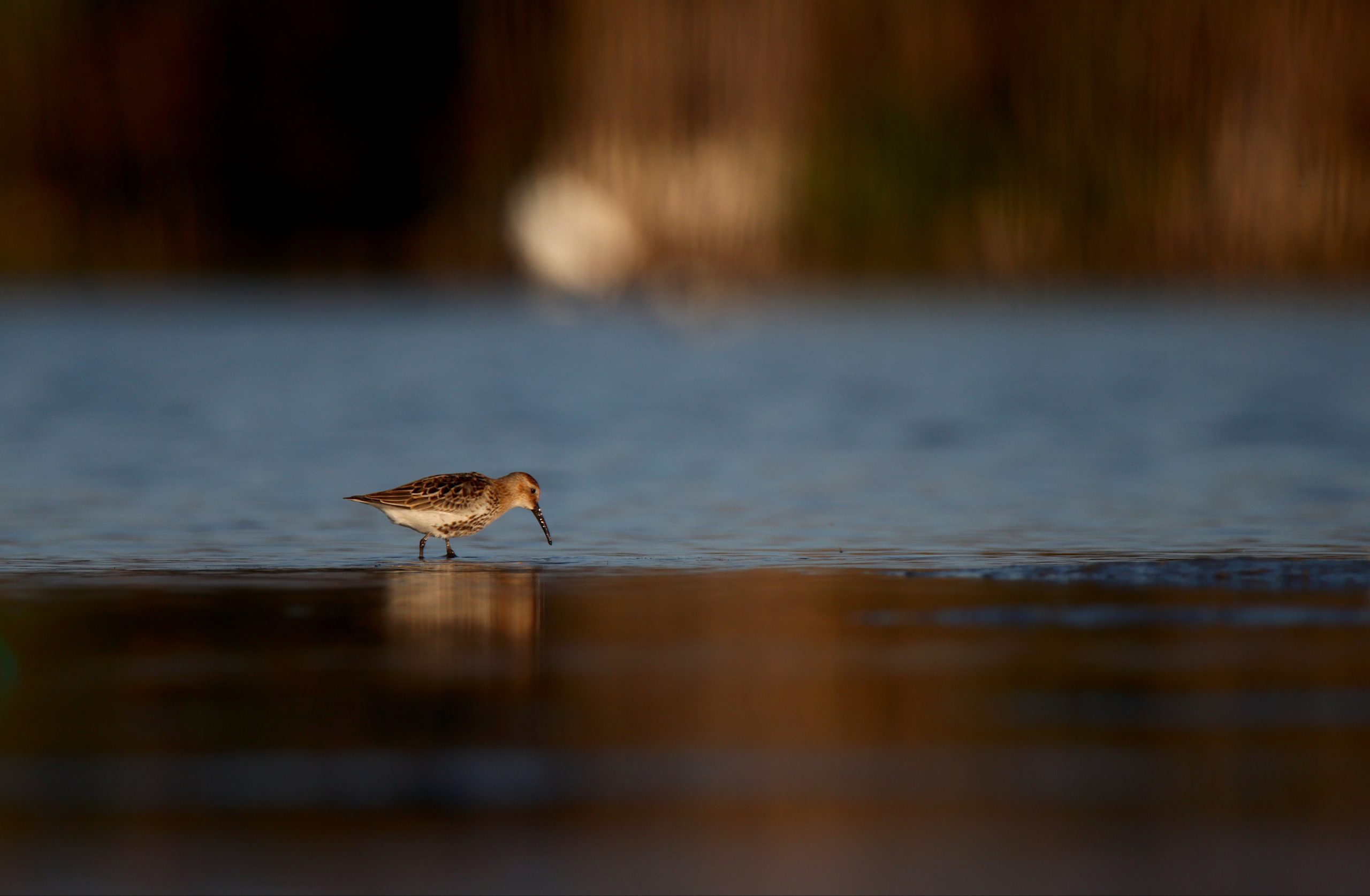
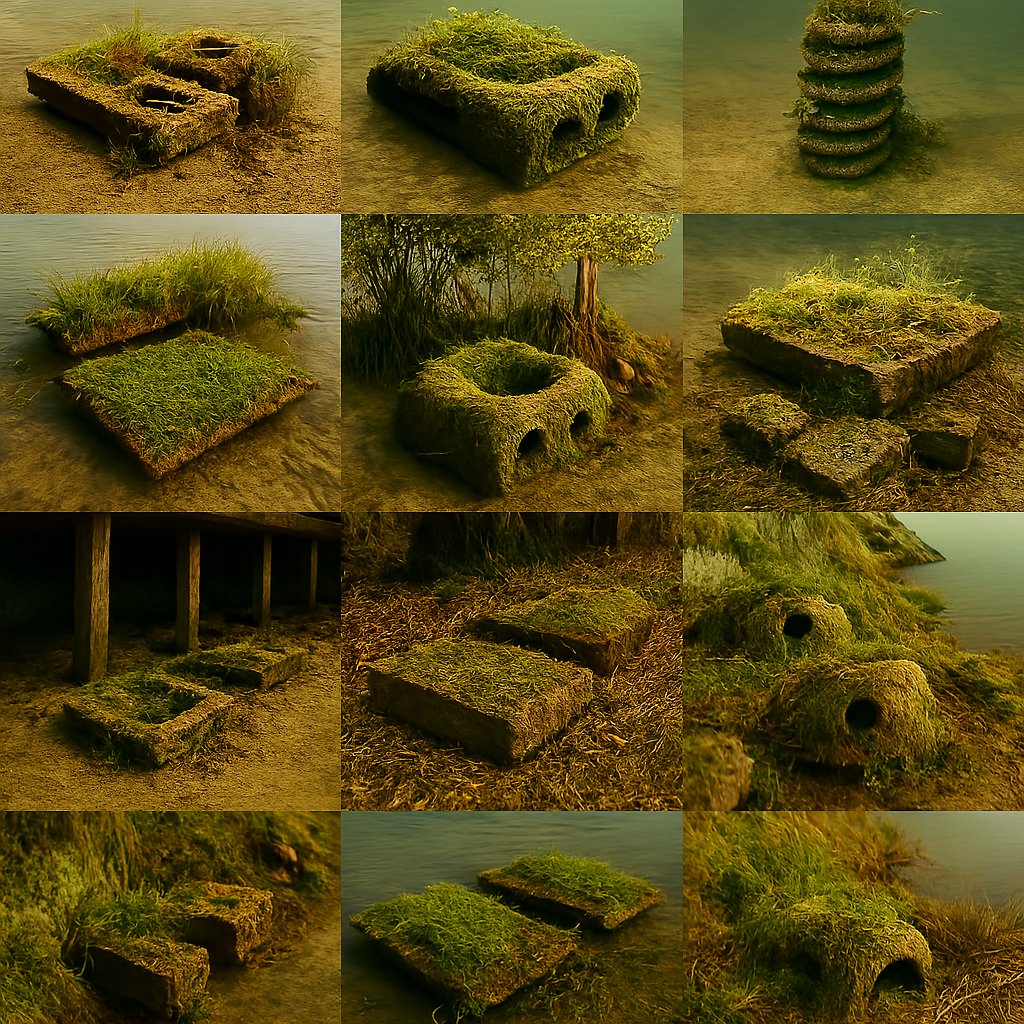


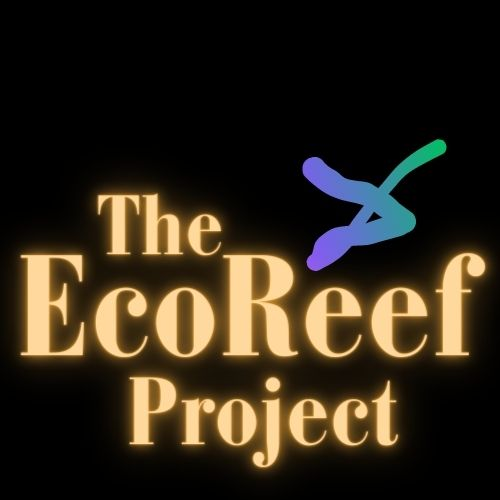


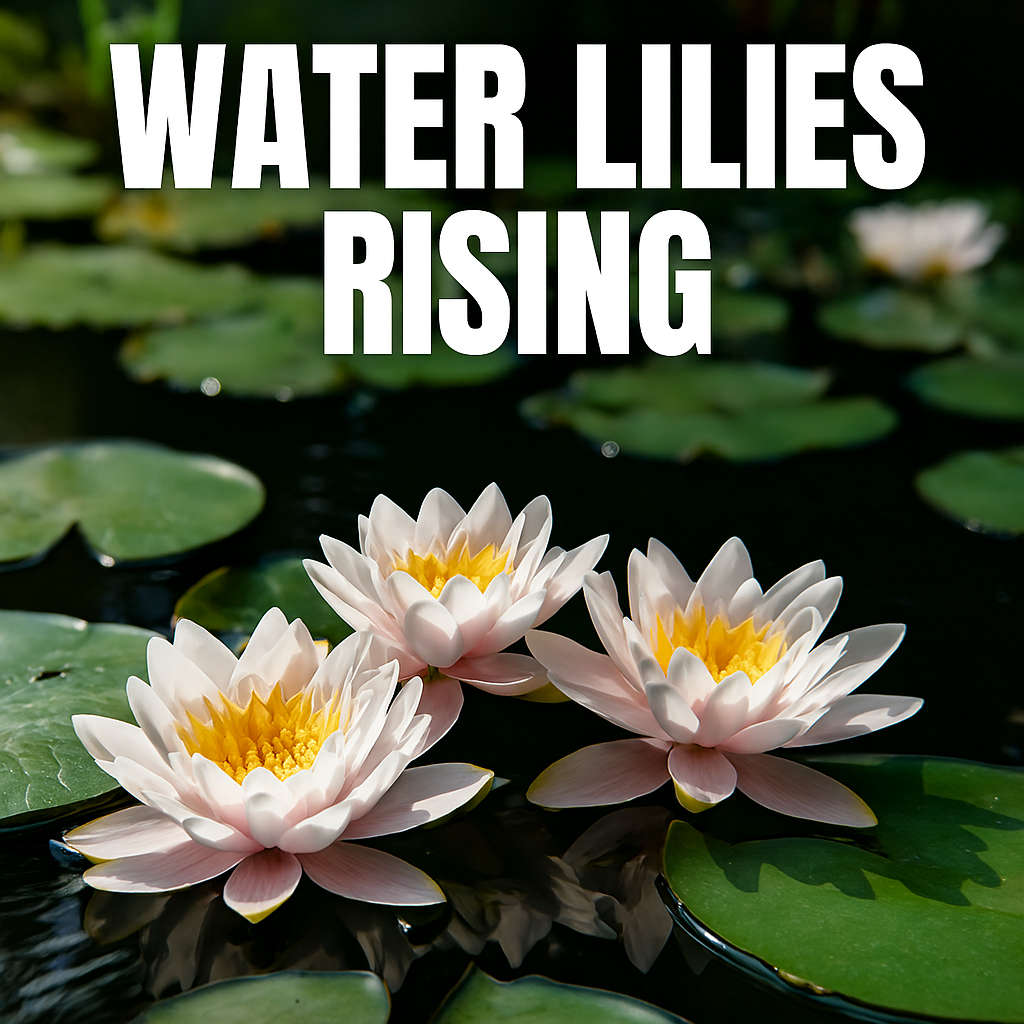


Leave a Reply